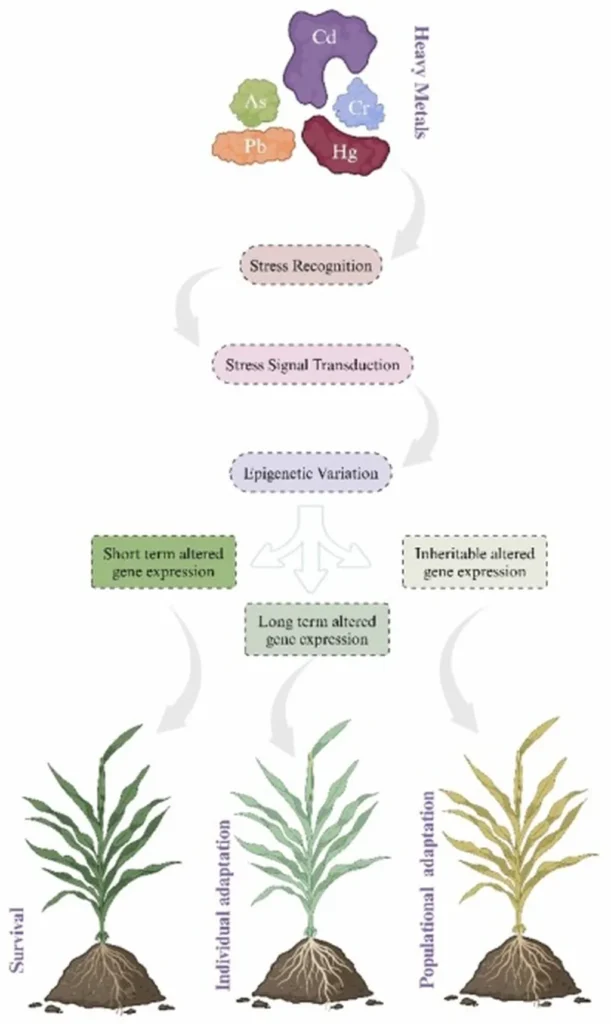In the ever-evolving landscape of agricultural technology, a recent study published in *Frontiers in Plant Physiology* has shed new light on the intricate mechanisms of plant adaptation to environmental stressors. Led by Tihana Marček from the Faculty of Food Technology Osijek at Josip Juraj Strossmayer University of Osijek, the research delves into the molecular markers that enable plants to thrive under multiple environmental pressures. This work could have significant implications for the agriculture sector, particularly in the face of climate change and increasing environmental variability.
The study focuses on several key areas, including arbuscular mycorrhizal fungi (AMF) symbiosis, rhizopines, stress responses, root hairs, root nodules, minirhizotrons, and gene expression analysis. These components are crucial for understanding how plants adapt to their environments and could pave the way for more resilient and productive crops.
One of the most compelling aspects of this research is its exploration of AMF symbiosis. AMF are fungi that form symbiotic relationships with plant roots, enhancing nutrient uptake and improving plant health. “Understanding the molecular markers involved in this symbiosis can help us develop crops that are more resilient to environmental stressors,” Marček explained. This could be a game-changer for farmers, who often face unpredictable weather patterns and soil conditions.
The study also delves into the role of rhizopines, which are compounds produced by plants that benefit symbiotic microorganisms. By understanding how these compounds are regulated, researchers can potentially enhance the efficiency of these symbiotic relationships, leading to healthier plants and higher yields.
Root hairs and root nodules are other critical areas of focus. Root hairs play a vital role in nutrient and water uptake, while root nodules are sites of nitrogen fixation in leguminous plants. The research highlights how these structures are influenced by environmental stressors and how plants adapt to maintain their functionality.
Minirhizotrons, which are small, transparent tubes inserted into the soil to observe root growth and activity, provide a unique window into the underground world of plants. This technology allows researchers to monitor root development in real-time, offering valuable insights into plant adaptation mechanisms.
Gene expression analysis is another key component of the study. By examining how different genes are expressed under various environmental conditions, researchers can identify the molecular markers that contribute to plant resilience. This information can be used to develop crops that are better equipped to handle environmental challenges.
The commercial impacts of this research are substantial. As climate change continues to pose challenges to agriculture, the development of more resilient crops is crucial. By understanding the molecular markers of plant adaptation, farmers can benefit from crops that are more productive and less susceptible to environmental stressors.
“This research has the potential to revolutionize the way we approach crop development,” Marček noted. “By identifying the key molecular markers involved in plant adaptation, we can develop crops that are better suited to the challenges posed by climate change.”
In conclusion, the study led by Tihana Marček offers a comprehensive look at the molecular markers of plant adaptation to multiple environmental stressors. Published in *Frontiers in Plant Physiology*, this research has significant implications for the agriculture sector, providing valuable insights into the mechanisms that enable plants to thrive under adverse conditions. As we continue to face the challenges of climate change, this work could shape the future of agricultural technology, leading to more resilient and productive crops.

